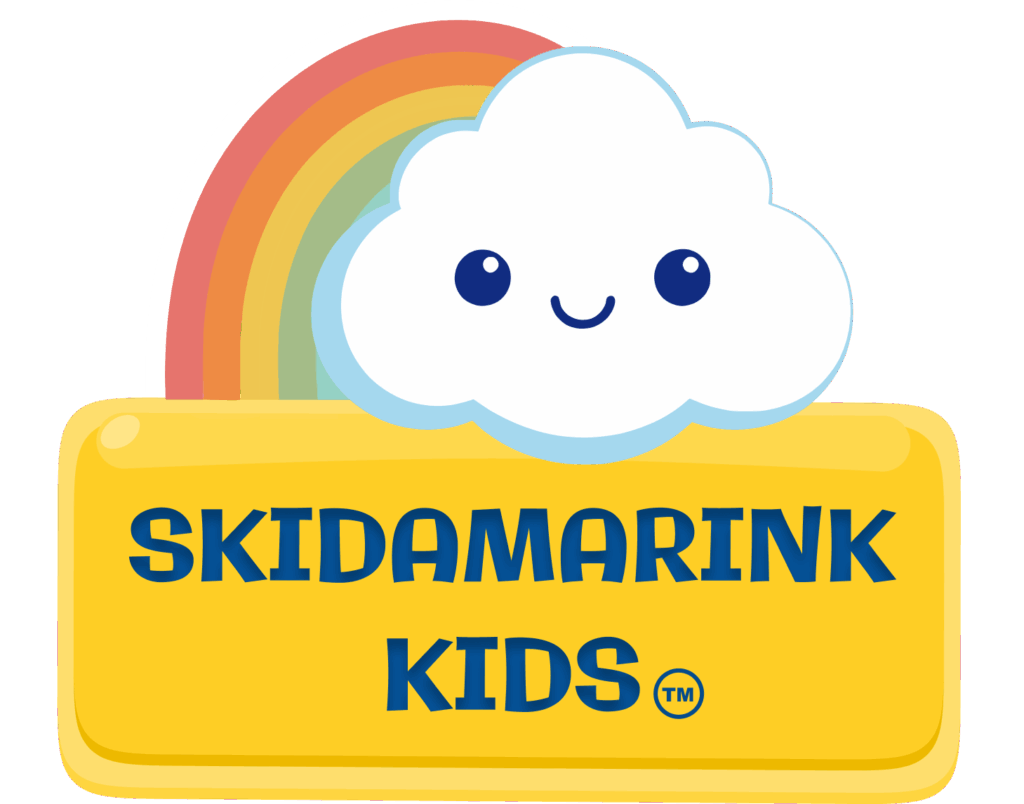Do constant fights over food exhaust you? You can reduce mealtime battles with the Division of Responsibility approach. Feeding expert Ellyn Satter created this gentle method to help children trust their own hunger and fullness cues while reducing stress for the whole family. The approach creates a clear balance: parents decide what, when, and where to offer food, while children choose how much they want to eat and whether they’ll eat at all.
What is the Division of Responsibility in Feeding?
The Division of Responsibility (DOR) framework gives parents a structured yet flexible approach to feeding their children. When you clearly define roles during mealtimes, both you and your children feel more confident and less stressed about eating together. You handle the nutritional planning while your children maintain autonomy over their bodies and appetites.
This method works because it removes the power struggle from mealtimes. When you stop pressuring children to eat and they stop resisting, meals become more peaceful. Understanding how to reduce mealtime battles starts with respecting each person’s role.


Why This Approach Helps Reduce Mealtime Battles
Every family has a unique mealtime routine. You can adapt the DOR model to fit any schedule, from breakfast to snack time to dinner. When you allow children to make their own eating decisions within boundaries you set, you create a positive experience that helps kids feel confident and secure.
Research shows that families who eat together more often consume more fruits and vegetables and fewer fried foods and sugary drinks. Beyond nutrition, family meals provide valuable opportunities to connect and bond. A consistent mealtime routine helps children feel secure, loved, and more at ease in their environment.
How to Implement Division of Responsibility
Children continue to develop their relationship with food and their senses, including taste preferences. Mealtimes offer a wonderful opportunity to support healthy eating habits that will last a lifetime. To get started learning how to reduce mealtime battles, try these strategies:
Provide structure. Offer a variety of healthy foods at set times in a calm, distraction-free space. Predictable meal and snack times help children develop natural hunger patterns.
Respect choices. Let your child choose what they’d like to eat from what you serve and how much they want. Start with smaller portions and let your child decide if they’d like more or feel finished.
Trust their cues. When you trust your child’s hunger and fullness signals, you help them learn to recognize their body’s needs. This takes the pressure off you to manage every bite.
Involve them gradually. As kids grow, they may share more opinions about food preferences. Encourage this by involving them in meal planning or even letting them help prepare a meal. This builds their confidence and lets them practice making choices in a supportive environment.
Creating Peaceful Mealtimes
The Division of Responsibility approach offers more than a feeding strategy. It gives you a way to nurture your child’s relationship with food and with family meals. When you focus on your responsibilities and trust your child with theirs, mealtimes become opportunities for connection rather than conflict.
Remember that change takes time. If you’ve been in a pattern of mealtime power struggles, you and your child may need a few weeks to adjust to this new approach. Stay consistent, remain patient, and trust the process. Some battles may still occur, especially during transitions or challenging developmental phases, but they will become less frequent and less intense.
When you implement the Division of Responsibility method, you can reduce mealtime battles and create a positive, pressure-free environment. Your child learns to trust their body and develop healthy eating habits that will serve them throughout their lives.
Want to learn tips to reduce stress and help your child develop healthy eating habits?
Check out our companion blog, “Gentle Mealtime Tips: Stress-Free Toddler Feeding Guide” to discover gentle mealtime tips that reduce battles and build healthy eating habits. Expert strategies for stress-free family meals with toddlers.
For Resource and to learn more about The Division of Responsibility Approach to feeding, check out this book: Secrets of Feeding a Healthy Family: How to Eat, How to Raise Good Eaters, How to Cook by Ellyn Satter M.S. R.D. L.C.S.W. B.C.D
– Ali








